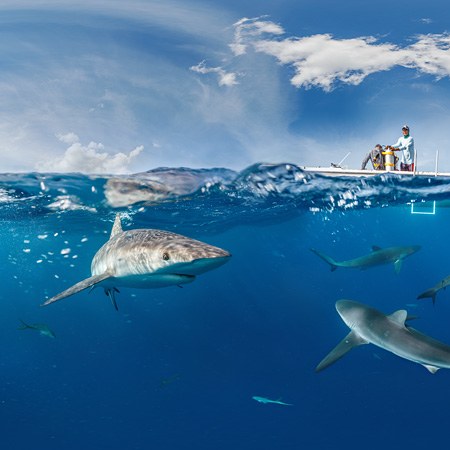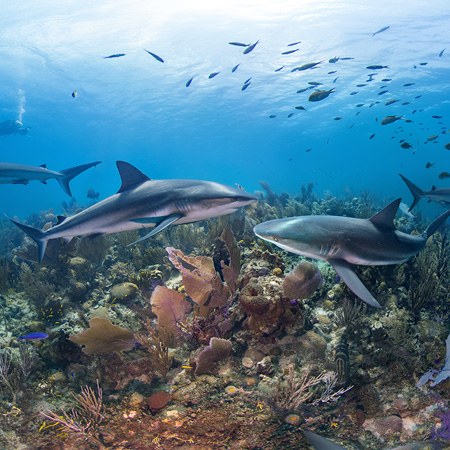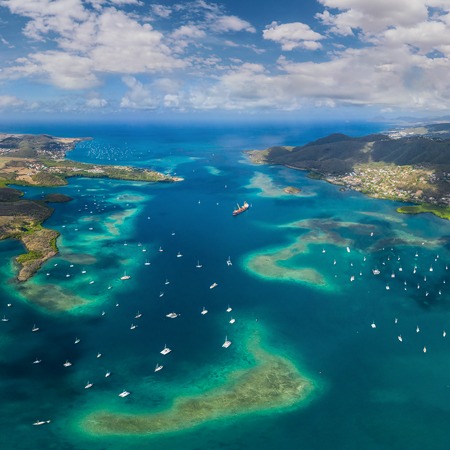Diving with turtle, stingray and jellyfish
You will hardly find a person who would not enjoy the serene sound of the sea. AirPano team enjoys diving with marine creatures, as well. Our video will show the beauty and the grace of the turtle, the jellyfish and the stingray.
Turtle
Several species of turtles inhabit the sea, including the hawksbill sea turtle. This animal is easily distinguished from other sea turtles by its sharp, curving beak. This reptile lives in the waters of the Atlantic and the Indo-Pacific region, but its population is low, so the International Union for Conservation of Nature has classified it as critically endangered.
Hawksbill sea turtles spend all their lives in the sea and come out of the water only for breeding. During this period, female turtles make a long way through the ocean to get the nesting beaches. The archipelago of Gardens of the Queen (Jardines de la Reina) located in Cuba is one of these places. Hawksbills lay eggs once in two years and make 2-4 clutches containing 70-180 round eggs each being 40 mm in diameter.

Baby-turtles hatch out 60 days later. The gender of the turtles depends on the temperature: females are formed in a warmer sand. When baby-turtles are born, they have a 2.5 cm long shell and weigh no more than 24 grams. 20 years later, they grow up to 1 meter long and gain up to 80 kilos of weight.
Stingray
There are more than 600 species of rays known to science. They inhabit all the seas and oceans, including the Arctic and Antarctic ones. Rays have special organs generating electric current. Some species of rays are dangerous for people as their current is strong enough to stun humans, while the Dasyatis species can even cause painful wounds.

Jellyfish
Technically, the jellyfish is one of the two lifecycle phases of the Cnidaria. These aquatic animals have cnidocytes, specialized explosive cells that they use mainly for capturing prey and self-defence. Jellyfish, comparing to polyps which are the other body form of the Cnidaria, are moving and able for reproduction.
Its genus name, Medusa, has come from the name of Medusa in Greek mythology, alluding to her tentacled head.
Jellyfish are effective hunters, as their bodies are well suited for capturing prey. They can catch everything with their long tentacles: plankton, insect larvae, crustaceans, small fish and squids, while the poison from cnidocytes makes their prey helpless.
Jellyfish are ones of the most ancient inhabitants of the planet: they have roamed the seas for at least 500 or even 700 million years.

Video by Alexey Tishchenko. Stitching by Ivan Roslyakov and Nickolay Denisov. Photos by Oleg Gaponyuk
16 February 2018
Read more
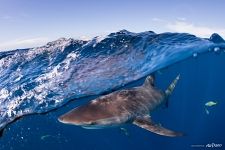 Underwater
Underwater
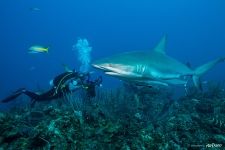 Diving in the Gardens of the Queen
Diving in the Gardens of the Queen
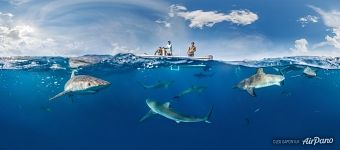 Split-panorama with sharks
Split-panorama with sharks
 Sharks
Sharks
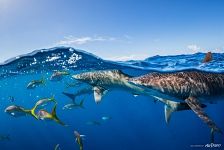 Inhabitants of the Caribbean sea
Inhabitants of the Caribbean sea
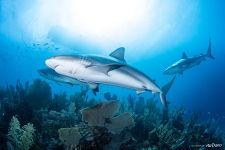 Sharks
Sharks
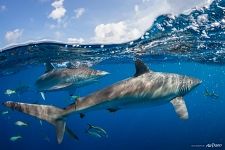 Under the wave
Under the wave
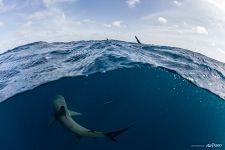 Caribbean sea
Caribbean sea
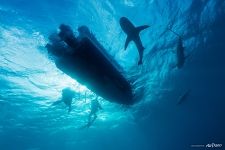 Underwater
Underwater
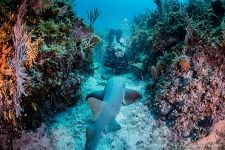 Near the coral reef
Near the coral reef
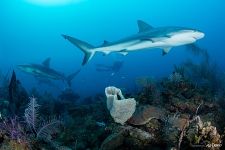 Sharks
Sharks
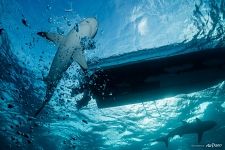 In the waters of the Caribbean
In the waters of the Caribbean
Virtual Travels in 360°
 Trip to Raja Ampat archipelago, Indonesia
Trip to Raja Ampat archipelago, Indonesia
 Amsterdam, Netherlands
Amsterdam, Netherlands
 Tel Aviv-Yafo, Israel
Tel Aviv-Yafo, Israel
 Chara Sands, Russia
Chara Sands, Russia
 Paros, Greece
Paros, Greece
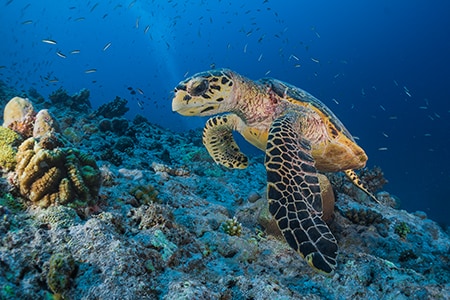 Underwater Life, Marsa Alam, Egypt
Underwater Life, Marsa Alam, Egypt
 Angel Falls millions of years ago
Angel Falls millions of years ago
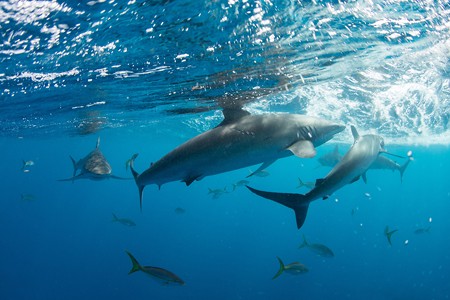 Diving in the Gardens of the Queen, Cuba
Diving in the Gardens of the Queen, Cuba
 Old City of Jerusalem
Old City of Jerusalem
 Windmills of Holland. Part II
Windmills of Holland. Part II
 Mount Elbrus, Russia. Part I
Mount Elbrus, Russia. Part I
Show more




